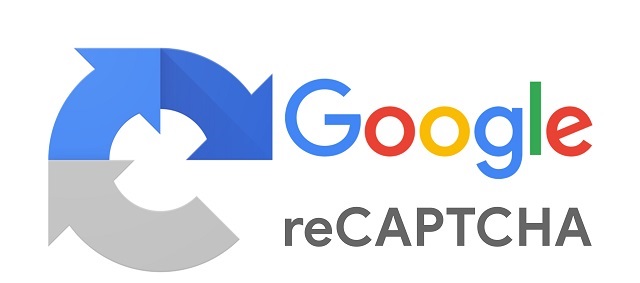Google Classroom is a powerful educational platform that allows teachers to create and manage online courses. It provides a range of tools and features to facilitate learning, collaboration, and assessment. One popular feature of Google Classroom is the ability to integrate educational games into the curriculum. These games can make learning fun and engaging for students, and they can also be used as a reward or a break from traditional classroom activities.
One of the most sought-after types of games in Google Classroom is unblocked games. These are games that can be accessed and played without any restrictions, even in school or other restricted environments. Unblocked games are a great way to provide students with a fun and educational experience, while also complying with school policies on internet usage. In this comprehensive guide, we will explore the world of unblocked games in Google Classroom Slope, and how teachers can make the most of this feature.
1. What are unblocked games?
In this section, we will define what unblocked games are and how they differ from other types of games. We will also discuss the benefits of using unblocked games in the classroom.
2. How to access unblocked games in Google Classroom Slope
Here, we will provide step-by-step instructions on how teachers can access and add unblocked games to their Google Classroom Slope account. We will also discuss any prerequisites or technical requirements.
3. Popular unblocked games for different subjects
In this section, we will explore popular unblocked games that can be used to teach various subjects, such as math, science, language arts, and more. We will provide a brief overview and highlight the educational value of each game.
4. Tips for integrating unblocked games into the curriculum
Here, we will provide practical tips and strategies for teachers on how to effectively integrate unblocked games into their curriculum. We will discuss how to align games with learning objectives, how to assess student progress, and how to create a balanced learning experience.
5. Best practices for using unblocked games in Google Classroom Slope
In this section, we will share best practices for using unblocked games in Google Classroom Slope. We will discuss strategies for managing game time, creating a positive learning environment, and addressing any potential challenges or concerns.
6. Safety and security considerations
Here, we will address any safety and security considerations when using unblocked games in Google Classroom Slope. We will discuss how to ensure student privacy, how to prevent access to inappropriate content, and how to comply with school policies.
7. Evaluating the impact of unblocked games on student learning
In this section, we will explore different methods for evaluating the impact of unblocked games on student learning. We will discuss both qualitative and quantitative methods, and provide guidance on how to collect and analyze data.
8. Alternatives to unblocked games in Google Classroom Slope
Here, we will discuss alternative ways to incorporate games into the curriculum if unblocked games are not available or suitable. We will explore other educational game platforms, offline game options, and creative game-based learning activities.
9. Case studies and success stories
In this section, we will showcase real-life examples of teachers who have successfully used unblocked games in Google Classroom Slope. We will share their experiences, challenges, and the impact on student learning.
10. Resources and further reading
Finally, we will provide a list of additional resources and further reading for teachers who want to explore unblocked games in Google Classroom Slope further. This will include recommended websites, blogs, books, and professional development opportunities.
In conclusion, unblocked games in Google Classroom Slope offer an exciting and engaging way to enhance student learning. By following the comprehensive guide outlined in this article, teachers can unlock the full potential of unblocked games and create a dynamic and effective learning environment.
